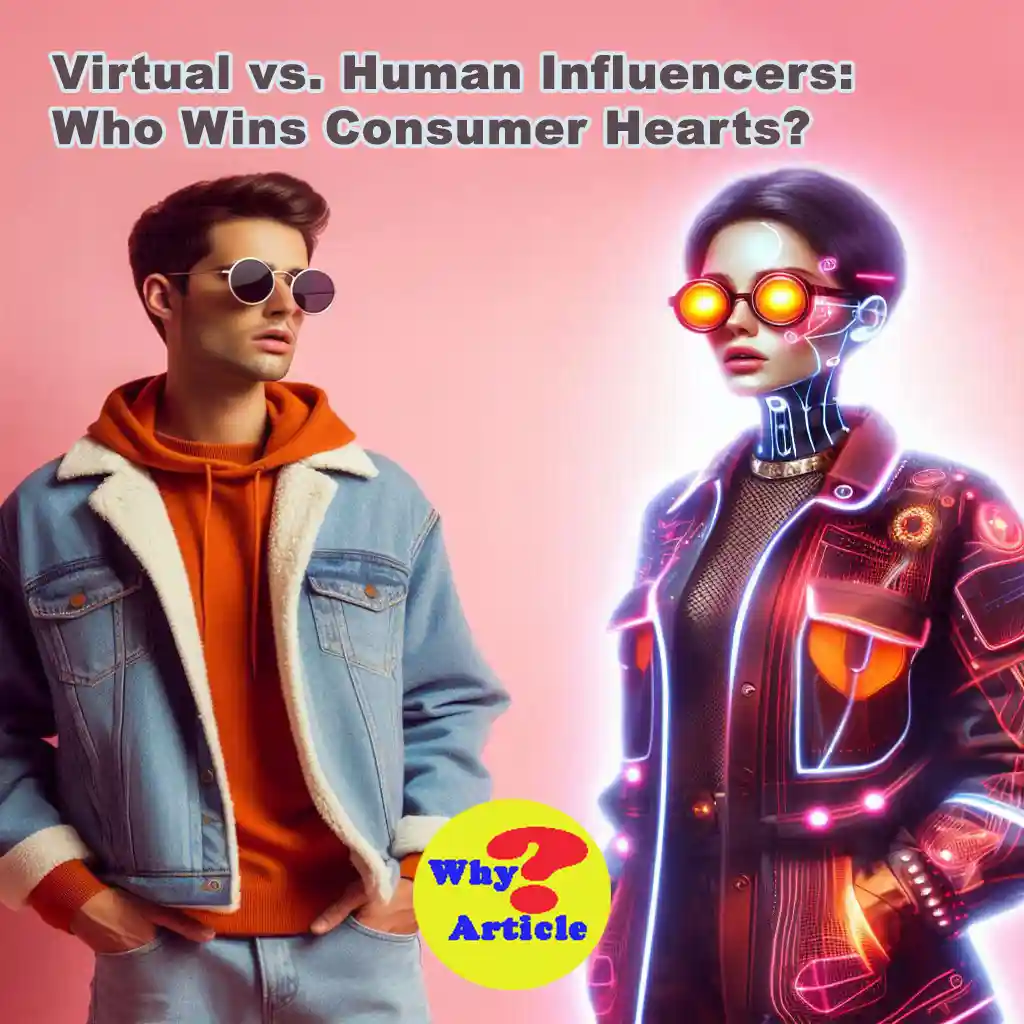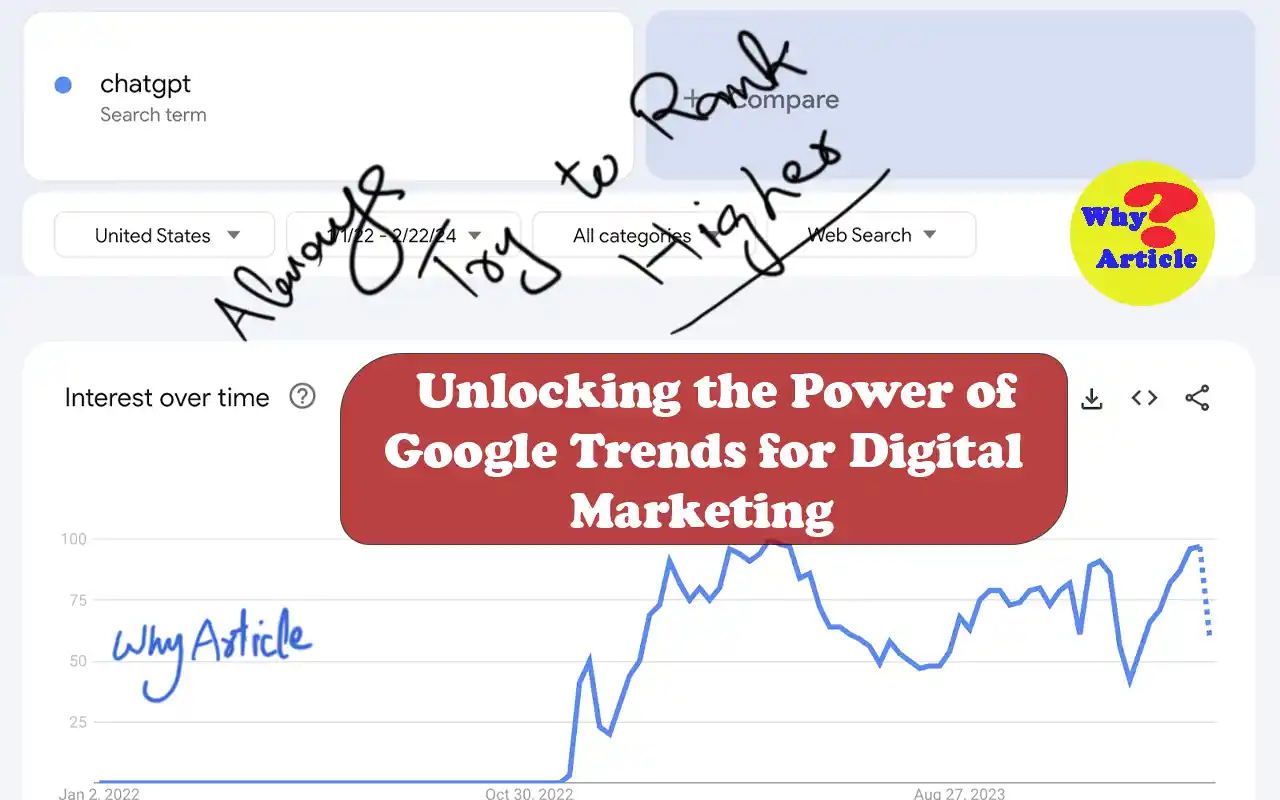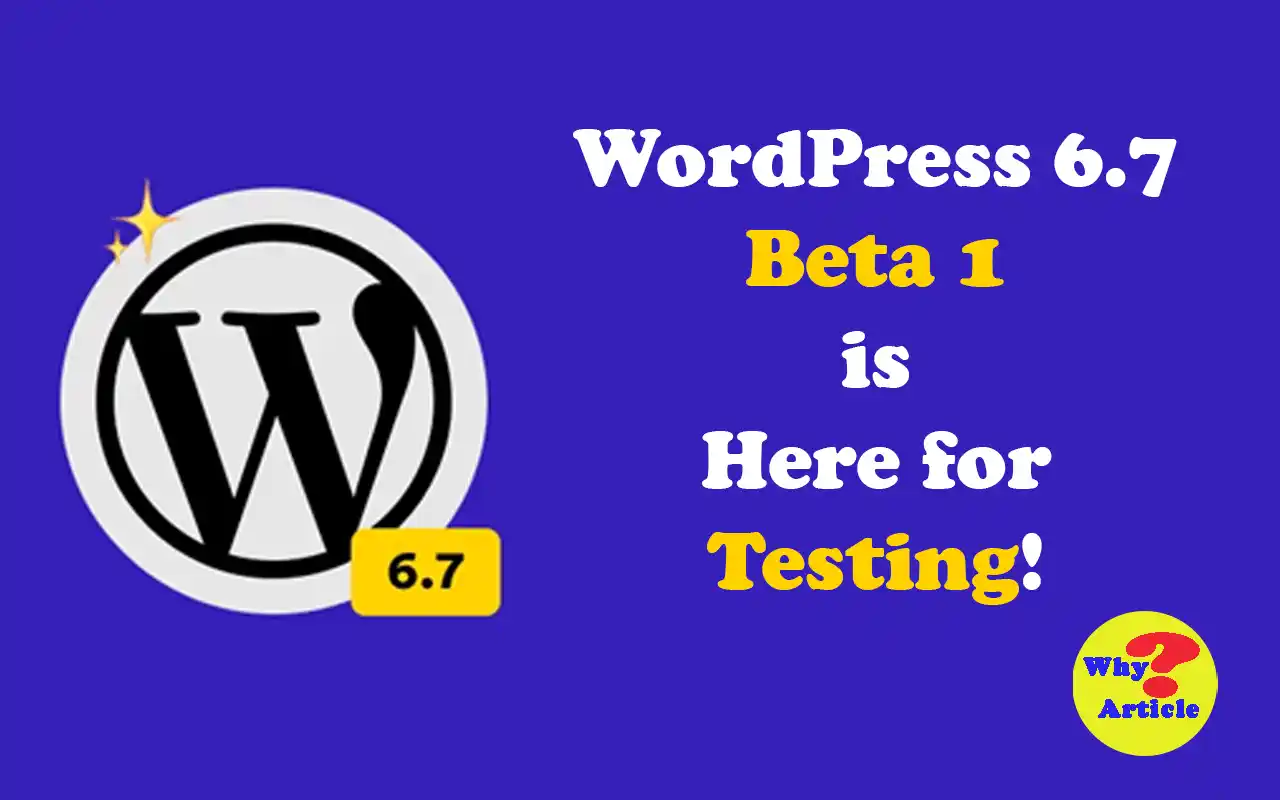In the ever-evolving world of digital marketing, influencers play a crucial role in shaping consumer behavior. With the rise of virtual influencers, marketers face a new challenge: are these computer-generated characters more effective than their human counterparts?
This article delves into the differences between virtual and human influencers, exploring their impact on consumer attitudes and purchase intent.
What Are Virtual Influencers?
Virtual influencers are fictional characters created using computer-generated imagery (CGI).
These digital personas, such as Lil Miquela, interact on social media just like human influencers but are meticulously crafted by teams of designers and marketers.
Their appearances, behaviors, and stories are entirely controlled, offering a unique blend of consistency and novelty.
Human Influencers: The Power of Authenticity
Human influencers have gained their status through genuine interactions and relatable content. They share personal experiences, engage with their followers, and build trust over time.
This authenticity and relatability make human influencers powerful marketing tools, as consumers are more likely to trust and follow their recommendations.
The Rise of Para-Social Relationships
Para-social relationships refer to the one-sided bonds that consumers form with media personalities, including influencers.
These connections, though not real, feel genuine to the audience and can significantly impact consumer behavior.
Both virtual and human influencers can develop para-social relationships, but the depth and authenticity of these bonds often differ.
The Role of Perceived Homophily
Perceived homophily is the sense of similarity between the influencer and their audience. It plays a crucial role in building trust and rapport.
Human influencers naturally exhibit this through shared experiences and vulnerabilities.
In contrast, virtual influencers may struggle to achieve the same level of perceived similarity due to their synthetic nature.
The Importance of Authenticity
Authenticity is a key factor in influencer marketing. Consumers are more likely to engage with influencers they perceive as genuine.
Human influencers inherently possess this authenticity through their lived experiences and genuine interactions.
Virtual influencers, however, must work harder to appear authentic, often through well-crafted storytelling and consistent branding.
Influencer Type and Product Type: A Crucial Interaction
The effectiveness of an influencer can also depend on the type of product they promote.
Hedonic products, like fashion and luxury items, may benefit more from the visually appealing and novel nature of virtual influencers.
Utilitarian products, such as electronics or household items, might require the trust and relatability that human influencers offer.
Mediating Factors: Para-Social Relationships and Homophily
Studies show that para-social relationships and perceived homophily mediate the effect of influencer type on consumer behavior.
Human influencers often create stronger para-social bonds due to their authenticity, enhancing their effectiveness.
Virtual influencers need to build these connections through engaging content and relatable personas.
The Moderating Role of Perceived Authenticity
Perceived authenticity can moderate the impact of both influencer type and product type on consumer behavior.
When virtual influencers are perceived as authentic, they can rival human influencers in building para-social relationships and perceived homophily.
This authenticity is critical for their success in marketing both hedonic and utilitarian products.
Purchase Intent: The Ultimate Goal
Ultimately, the goal of influencer marketing is to drive purchase intent.
Human influencers often excel in this area due to their genuine connections and trustworthiness.
Virtual influencers, while still effective, must overcome challenges related to perceived authenticity and relatability to achieve similar success.
Conclusion
Both virtual and human influencers have unique strengths and challenges. Human influencers excel in authenticity and building deep connections, while virtual influencers offer consistency and visual appeal.
Understanding the nuances of each type and strategically leveraging their strengths can help brands effectively reach and engage their target audiences.
Virtual influencers are CGI-generated characters used in social media marketing.
Human influencers build trust through genuine interactions and sharing personal experiences.
A para-social relationship is a one-sided bond between a media personality and their audience.
Authenticity helps build trust and engagement with the audience, making influencer marketing more effective.
Yes, if virtual influencers are perceived as authentic and relatable, they can be as effective as human influencers.




